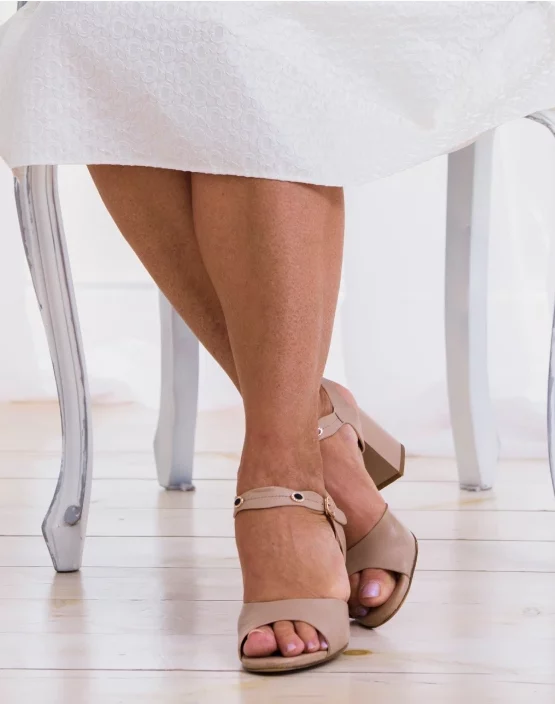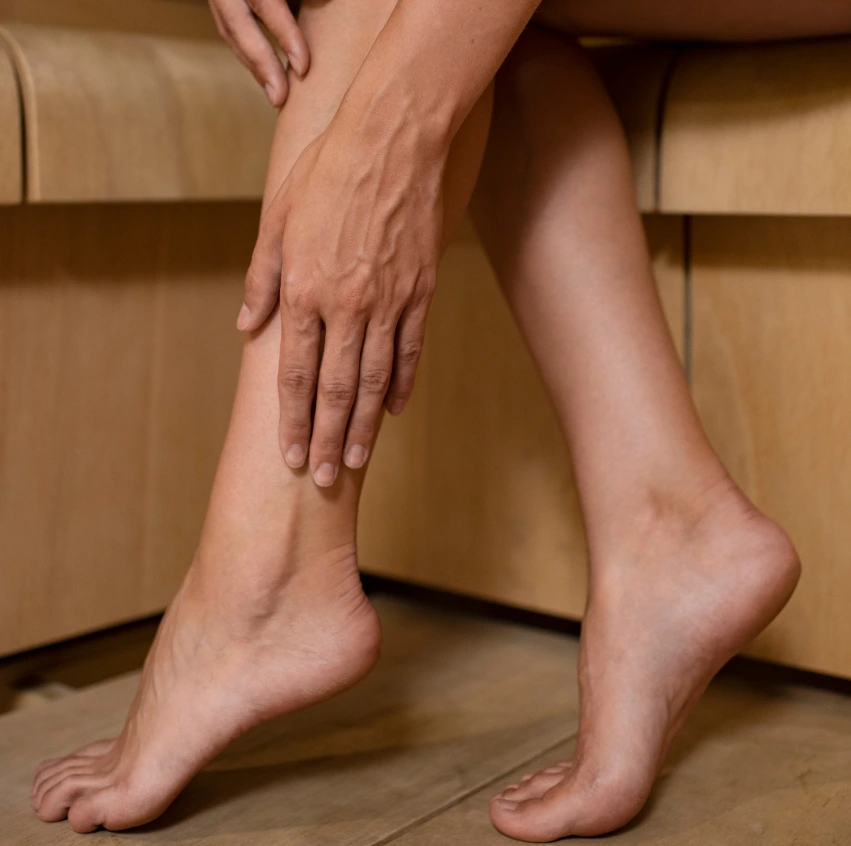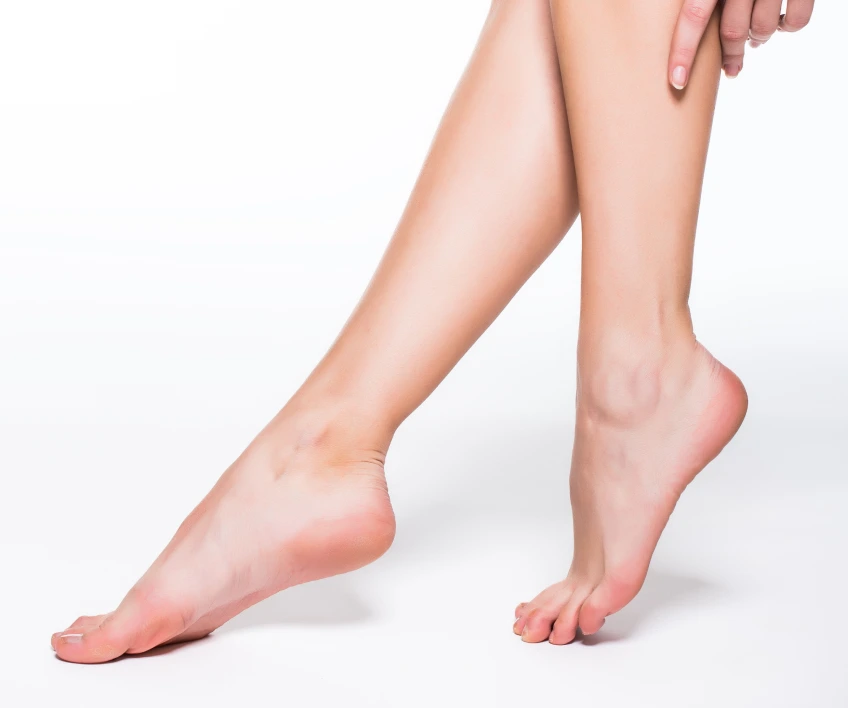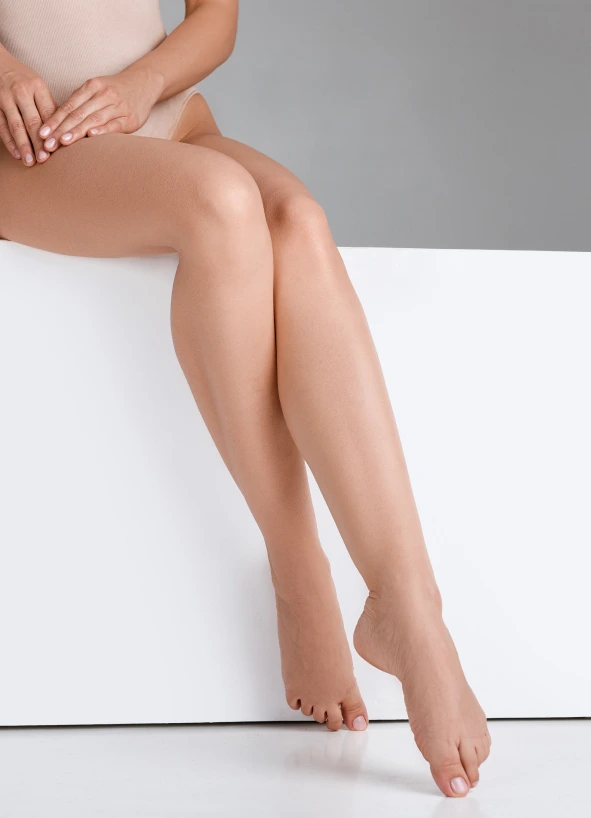


Sclerotherapy Procedure
The treated area is cleaned and may be numbed with a topical anesthetic before the injections. Sclerotherapy is minimally invasive, so stronger anesthesia is not needed.
Dr. Askari injects the sclerosing agent into the affected veins using a fine needle. This saline solution creates scar tissue that closes off the veins. Depending on the extent of treatment, several injections may be performed during a single sclerotherapy session. Ultrasound guidance can be used to ensure proper placement.
After the injections are completed, compression is applied to the treatment area, often with medical-grade stockings or bandages. They help to close the treated veins, improving the effectiveness of the injections. Patients may be instructed to continue wearing compression garments for 1-4 weeks.


After sclerotherapy treatment, people usually experience some mild to moderate pain, swelling, redness, and bruising at the injection sites. These symptoms peak within the first 1-2 days but gradually improve over the next 1-2 weeks. We recommend walking for 15-20 minutes after treatment to promote proper blood flow and drainage of the affected veins. Patients should avoid strenuous activities for 24 hours.
Over-the-counter pain medications, compression stockings, and bandages help to minimize discomfort during recovery. Most patients can return to normal activities within 1-2 days, although some lingering bruising may remain for up to 2 weeks. Healing lasts one month as the body naturally absorbs the treated veins.
Ideal patients for this treatment have one or more of the following characteristics:

Small Varicose Veins
People with small varicose veins are often good candidates for sclerotherapy. These twisted formations are often less than 3 mm in diameter. Sclerotherapy can treat varicose veins and improve their appearance.

Spider Veins
Spider veins, also called telangiectasias, are tiny blood vessels close to the skin’s surface. They may develop on the legs, face, or other areas. Schelortherapy is an ideal treatment because the sclerosing agent penetrates the thin walls of each spider vein.

Mild Venous Insufficiency
Patients with mild venous insufficiency are good candidates for our therapy. This condition happens when the valves inside veins stop working properly, allowing blood to pool or flow backward. Sclerotherapy may redirect circulation and improve the patient’s health.

Early Varicose Veins


Effective for both tiny veins and larger veins

Ideal for spider vein removal

Can be used on veins in many body parts, including legs, face, and hands

Does not usually leave significant scarring or discoloration

Less invasive than surgical procedures, such as vein stripping or ligation

Requires no general anesthesia

Covered by many insurance plans

Clinically proven safe and effective technique

Little recovery time - most patients can return to normal activities immediately
